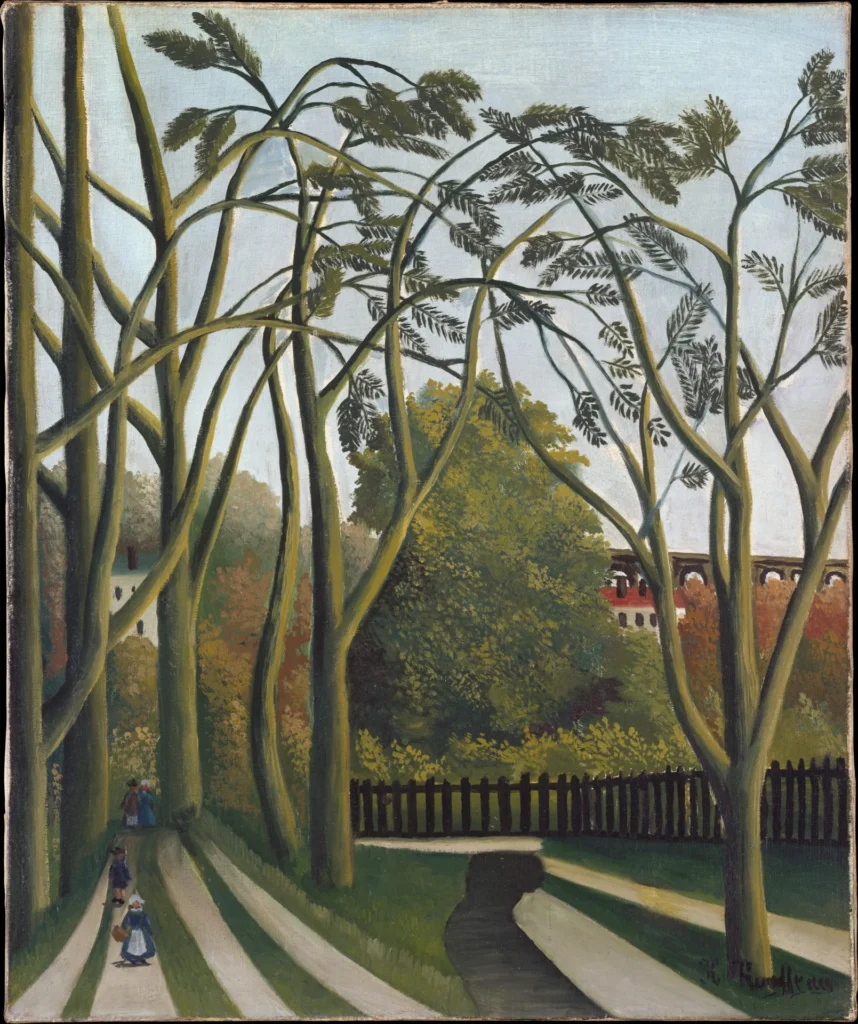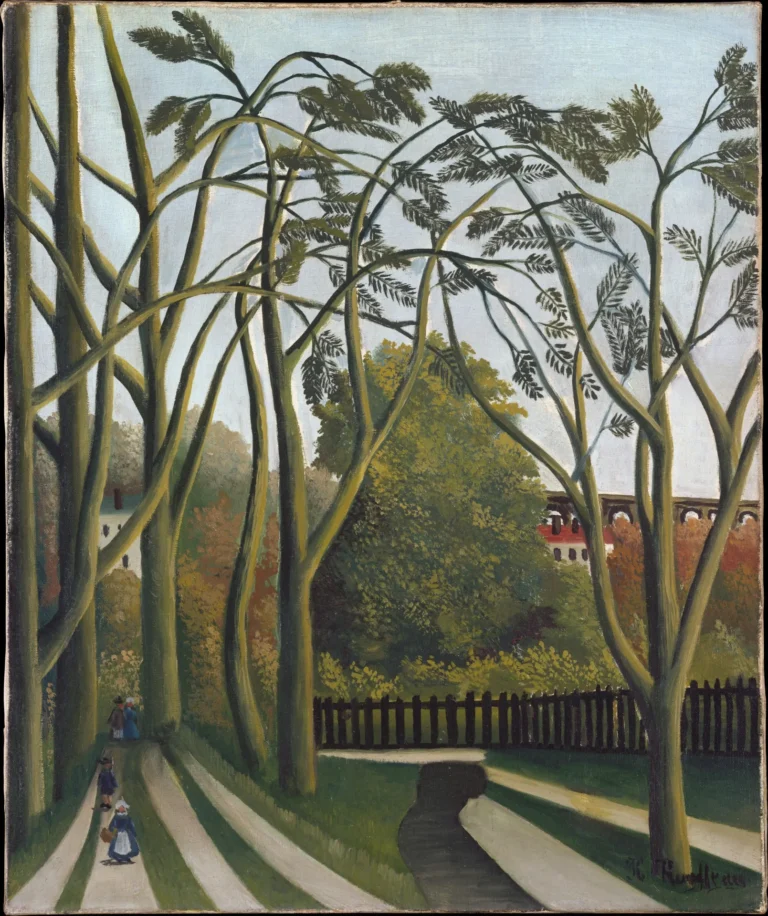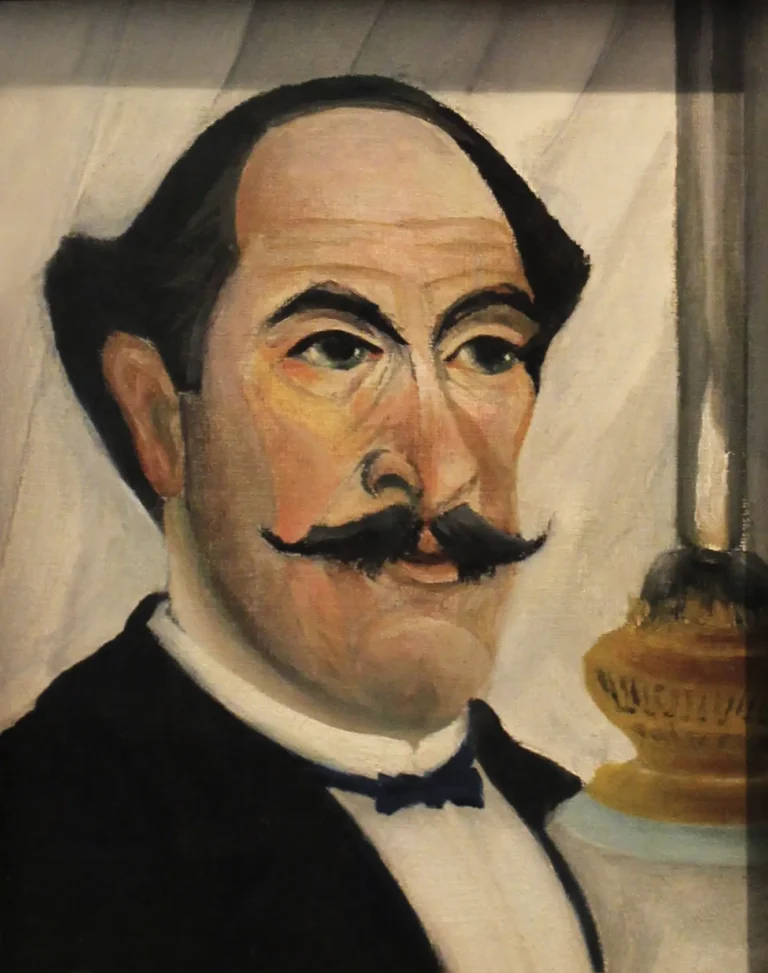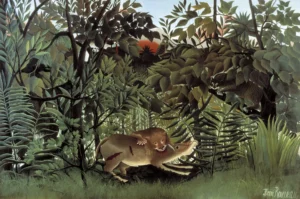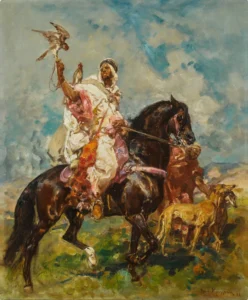The Banks of the Bièvre near Bicêtre (1908–09)
Created by the French post-impressionist artist Henri Rousseau around 1908-1909, 'The Banks of the Bièvre near Bicêtre' showcases a picturesque view along the Bièvre River outskirts, near Paris. This painting is notable for its vibrant colors and simple forms, capturing the tranquility of nature in Rousseau's unique naïve style. Measuring 21 1/2 x 18 inches, it encapsulates Rousseau's childlike perspective and fascination with the natural world.
1908 - 1909
About the Artwork
Henri Rousseau, also known as Le Douanier, was a self-taught painter whose work was often dismissed by critics in his lifetime for its naïve quality. However, his distinct style found appreciation among the avant-garde artists of the early 20th century. 'The Banks of the Bièvre near Bicêtre' reflects Rousseau's deep love for the serene aspects of nature and his exploration of dreamlike landscapes. The Bièvre River, a familiar locale for Rousseau, serves as a tranquil backdrop that invites viewers into a world of peace, simplicity, and introspection. This landscape painting showcases Rousseau's strength in depicting lush greenery and nuanced light, hallmarks of his artistic legacy.
Did You Know
Henri Rousseau was a self-taught artist whose works were considered naïve and unsophisticated by many critics. Nevertheless, his distinctive style, characterized by bold colors and imaginative landscapes, has become highly celebrated.
The Bièvre River, depicted in this painting, is one of the lesser-known tributaries of the Seine, flowing through the suburbs of Paris. Its lush banks and peaceful scenery inspired many local artists, including Rousseau.
Despite his initial lack of recognition, Rousseau’s work gained considerable influence on later movements, including Surrealism and Naïve art. Artists such as Pablo Picasso admired Rousseau’s ability to invoke emotion through simplicity.




